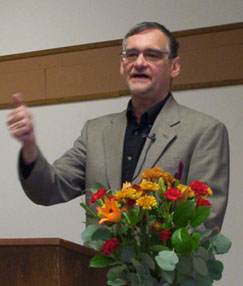
Hieronymus Bosch, Outer Wings of the Garden of Delights, ca. 1510.
4,305 words
1. Introduction: From Objectivism to Subjectivism
In the previous two installments (Part Three here, Part Four here) we have discussed at length Heidegger’s treatment of the “objectification of beings” in early modernity: how beings come to be seen as “objects” related to a “subject” that confronts them (indirectly) from within an interior space that is called “mind,” “awareness,” or even “self.” This objectification is essentially identical with the representationalist theory of knowledge, which holds that we are only indirectly aware of the “external world,” via internal images which “represent” external objects. So far, however, this may not be the account of modernity that my readers were expecting. (more…)












